In today’s unpredictable world, personal safety has become a paramount concern for many individuals. For those who choose to carry concealed firearms, understanding the nuances of a concealed carry gunfight is crucial. Winning such an encounter demands a blend of skills, mindset, and preparation that goes beyond mere marksmanship.
It’s not like in Hollywood. There is no ominous soundtrack playing in the background, warning you of impending doom as the bad guy walks into the scene. And the world doesn’t suddenly slow down to a manageable pace where you’ll have plenty of time to think and decide what to do without distraction. Real gunfights are started and finished in seconds. If you don’t have the skills necessary to defend yourself in a highly compressed timeframe, you may find yourself on the losing end.
With that background, let’s delve into 10 factors that can contribute to prevailing in a concealed carry gunfight.
Training and Skill Mastery
The foundation of success in a concealed carry gunfight lies in rigorous training and skill development. Proficiency with your firearm is non-negotiable. Regular practice at the range hones your accuracy, speed, and muscle memory. It’s not just about hitting your target; it’s about hitting it quickly and accurately under duress. Drawing from concealment should become second nature, practiced until it’s fluid and instinctive.
Situational Awareness
An essential aspect of any self-defense scenario is situational awareness. Being attuned to your surroundings can provide early warning signs, allowing you to assess threats and make informed decisions. Recognizing potential danger zones, suspicious individuals, or unusual behaviors can grant you precious seconds to prepare or even avoid confrontations altogether. Avoid distractions and keep your attention focused on the environment.
Mindset and Mental Preparedness
Physical prowess alone won’t guarantee victory. A winning mindset and mental preparedness are equally vital. Stay composed under pressure, control your fear, and maintain focus on the task at hand. Visualization techniques can help you mentally rehearse scenarios and responses, enhancing your ability to think clearly and make split-second decisions in high-stress situations.
Holistic Self-Defense Training
While carrying a concealed firearm is an advantage, it’s crucial to remember that a gun is just one tool in your self-defense toolkit. Skills in hand-to-hand combat, evasion, and verbal de-escalation can be as crucial as marksmanship. Training in these areas ensures that you have options beyond lethal force when appropriate.
Communication Skills
Effective communication can sometimes defuse a tense situation before it escalates to violence. Verbal de-escalation techniques can buy you time to assess the situation and avoid using your firearm unnecessarily. Clear and assertive communication can command attention and dissuade potential attackers from escalating the conflict.
Legal Knowledge
A deep understanding of your state’s self-defense laws and regulations is imperative. Knowing when you can legally draw and use your firearm is a fundamental aspect of responsible concealed carry. Being well-informed about the legalities can help you make informed decisions and avoid potential legal repercussions.
Cover and Concealment
In a gunfight, taking cover and using concealment effectively can mean the difference between life and death. Cover refers to physical objects that provide protection from gunfire, while concealment merely hides you from view. Understanding how to use these to your advantage can help you stay safe while engaging with threats.
Adaptability and Flexibility
No two gunfights are the same. Adaptability is key to survival. Being able to quickly assess the evolving situation and adjust your tactics is a hallmark of a skilled concealed carrier. Rigidity can be dangerous; remaining open to change and swift decision-making is paramount. You may have heard the phrase “getting off the X.” This idea is often expressed in another phrase: “Don’t set your feet in concrete.” Be prepared to move and adapt to the situation. Always improve your fighting position.
Stress Inoculation
Stress is an inherent component of gunfights. Exposure to controlled stress scenarios during training can prepare you mentally and emotionally for the chaos of a real-life confrontation. It helps mitigate the effects of adrenaline and panic, allowing you to better maintain your composure and make informed choices.
Aftermath Preparation
The aftermath of a gunfight involves more than just the fight itself. Being mentally prepared for the potential emotional and legal aftermath is crucial. Seek professional support to cope with the emotional toll of such an event, and have a plan in place to deal with legal inquiries and potential ramifications.
Winning a gunfight requires a multifaceted approach that encompasses both physical and mental preparedness. Skill mastery, situational awareness, a resilient mindset, and a comprehensive understanding of the legal and ethical implications are all integral components. While carrying a concealed firearm bestows a level of protection, the skills and strategies discussed above empower individuals to navigate potentially life-threatening situations responsibly and effectively. Remember, the goal is not just to survive but to thrive and emerge from such encounters unscathed, both physically and emotionally.
ABOUT THE AUTHOR:
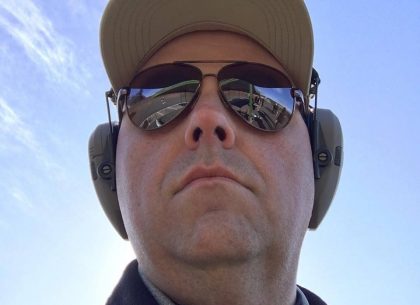
David Workman is an avid gun guy and a contributing writer to several major gun publications. As an NRA-certified instructor, David trains new shooters on basic handgun skills and CCW requirements and is a strong advocate for training as much as possible. “Real-life shootouts don’t happen at a box range.”
![]() You may also enjoy these popular articles:
You may also enjoy these popular articles:
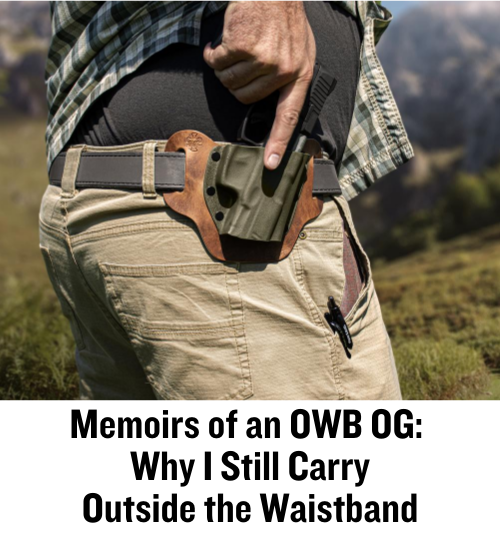
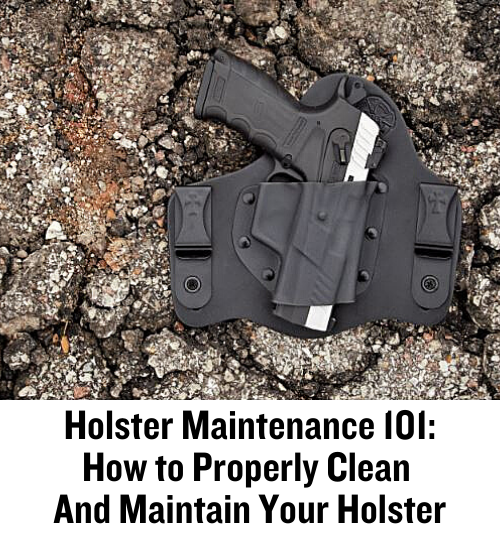
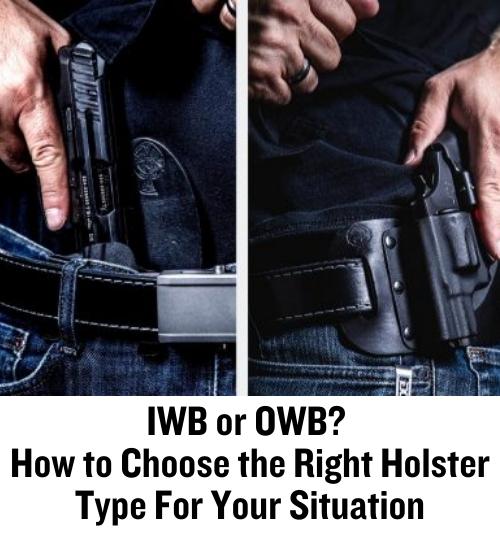

©MTC Holsters, LLC and CrossBreed Holsters Blog, 2023.
Unauthorized use and/or duplication of this material without express and written permission from this site’s author and/or owner is strictly prohibited. Excerpts and links may be used, provided that full and clear credit is given to David Workman and the CrossBreed Blog with appropriate and specific direction to the original content.

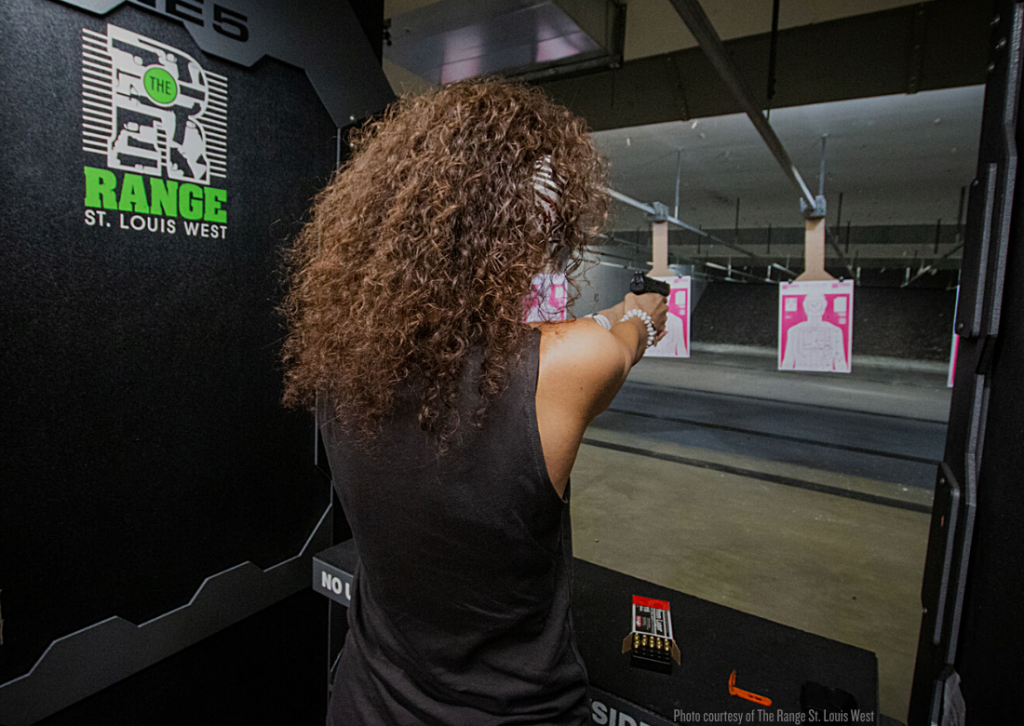
hurry hurry boys
#1: Have a Firearm! #2: Know How to use it. #3: Always WIN!
I have been carrying for 70 years and had a lot of excellent mentors and the one thing that I was always reminded of was fight to end not to win,.